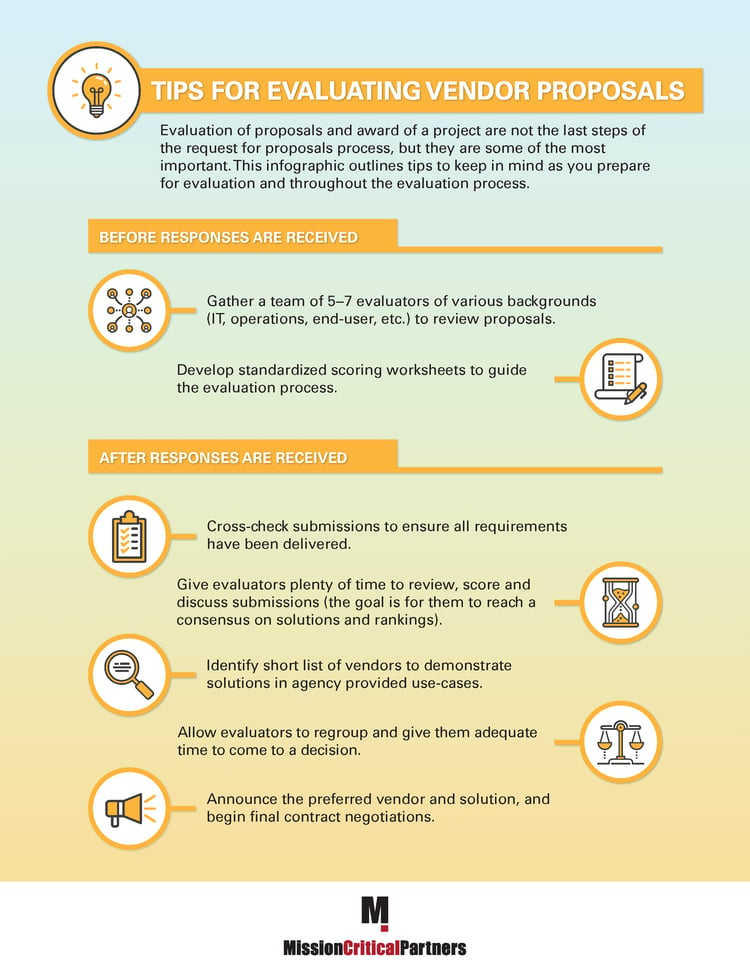On-Demand Webinar: Strategic Planning for Public Safety Agencies
In today’s evolving emergency communications environment, public safety agencies are often expected to do more with fewer resources–smaller budgets and fewer people. This reality means that strategic planning, and determining how best to leverage the available resources, is more crucial than ever before. In this webinar, MCP subject-matter experts Chris Kelly and Bonnie Maney discuss the benefits of strategic planning for public safety agencies and different approaches to development.
Topics: Operations, Public Safety, Consulting, On-Demand Webinars





